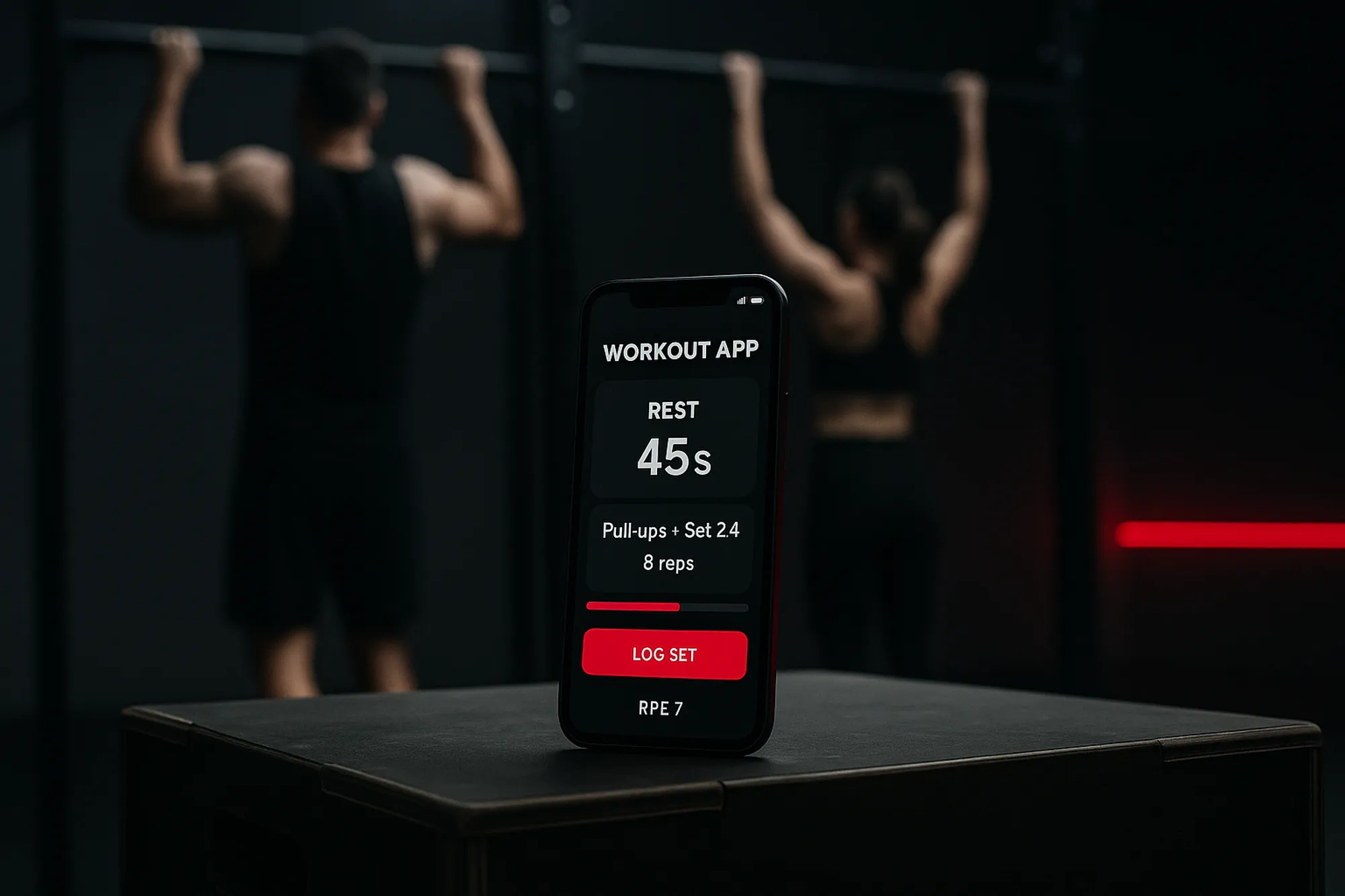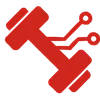Is It Still Relevant to Create a Fitness App in 2025?

Is It Still Relevant to Create a Fitness App in 2025? (Short answer: Yes, if you niche down and nail the UX)
TL;DR
The broad “bodybuilding app” category is saturated—especially on mobile—and it’s tough to stand out. The path forward is specialization (e.g., powerlifting, bodyweight-only, kettlebells, women’s strength, beginner hypertrophy, hotel-gym programs, adaptive athletes) combined with a bulletproof workout UX. If users hit a snag mid-set, they won’t return. To ship faster (and smarter), use a dedicated backend like Workout API to handle exercises, illustrations, and even training-program logic so you can focus on the experience and monetization.
The market reality: flooded and unforgiving
Let’s be candid: the general “fitness/bodybuilding app” market is crowded. Search any app store and you’ll find dozens of trackers and template libraries with similar features. Competing head-to-head on “generic bodybuilding” rarely works because:
- Acquisition is expensive in broad categories.
- Feature sets converge quickly (workout logging, timers, progress charts).
- Users bounce after a single rough session—workout time is zero-patience time.
Yet, new winners still emerge—by owning a niche and delivering a smoother session UX than anyone else.
Where to play: go niche to win
Niches reduce noise, clarify messaging, and let you build features your exact users obsess over. Examples you can evaluate:
- Powerlifting: 1RM testing, percentage-based programming (e.g., 5/3/1, DUP), RPE/RIR logging, attempt selection.
- Bodyweight-only / Calisthenics: skill progressions (e.g., lever → tuck → advanced tuck), time-under-tension, banded regressions, rings support.
- Women’s strength & hypertrophy: cycle-aware programming, glute-biased templates, equipment customizations.
- Home/hotel-gym constraints: auto-substitutions based on available gear, limited-time sessions.
- Kettlebell / Strongman: density blocks, EMOMs, complex ladders, specialty implements.
- Beginners & return-to-lifting: guardrails, technique prompts, deloads, habit formation.
- Adaptive/senior athletes: range-of-motion flags, safety notes, therapist collaboration.
Quick framework to validate your niche:
- Audience: Can you describe your user in one sentence?
- Workflow: What frustrates them mid-workout today?
- Differentiator: Which one feature makes you unmistakably for them?
- Channel: Where do these users already hang out (subreddits, Discords, coaches)?
- Willingness to pay: Is there an obvious premium outcome (PRs, skills, accountability)?
UX is make-or-break: design for mid-set reality
If a user loses a set because your UI got in the way, they won’t be back. Aim for one-thumb, eyes-half-closed usability:
- Large tap targets; no tiny icons when hands are chalky/sweaty.
- Zero-lag logging; prefilled next set with auto-progression hints.
- Persistent rest timer with haptic feedback; survives app backgrounding.
- Supersets/giant sets and plate math without leaving the screen.
- RPE/RIR sliders, %1RM calculators, warm-up set calculators.
- Offline-first data capture, instant resume after interruptions.
- Undo last action, quick notes, video attach without modal hell.
- Dark mode by default in gyms; no ads/popups during sets.
Heuristic: Can a first-time user complete a full session, from warm-up to final log, with < 10 taps per exercise and no reading required? If not, simplify.
Feature ideas that actually matter in strength apps
- Program scaffolding: mesocycles, deload triggers, load progressions, autoreg.
- Auto-substitutions: no cable row? Suggest chest-supported DB row.
- Technique cues: micro-tips surfaced contextually (e.g., “brace before descent”).
- Readiness inputs: sleep/stress toggles to auto-adjust volume or %1RM.
- Compliance & streaks: nudge to finish last set; celebrate rep PRs, not just weight.
Monetization & retention in a niche world
- Premium programs & blocks (sell templates or cycles tied to outcomes).
- Coach mode (remote oversight, feedback on videos, program tweaks).
- Community, carefully (small, high-signal groups beat noisy feeds).
- Long-term arcs (skill trees, badges for movement mastery, not vanity metrics).
- Bundles (nutrition add-ons, meet peaking plans, travel blocks).
Go-to-market: earn trust where lifters live
- Partner with micro-coaches in your niche; co-create the “starter block.”
- Ship importers (CSV/Notes → your plan) for instant switching.
- Publish transparent training notes and FAQ-level content (not generic SEO fluff).
- Offer a “first workout in 60 seconds” challenge on your landing page.
Build vs. Buy: why reinvent the barbell?
Standing up a robust exercise database, images/illustrations, and a correct, flexible program generator takes serious time—and it’s fragile under real users. That’s time not spent on your niche UX, onboarding, or sales.
The time-saving shortcut: Workout API
Workout API offloads the heavy lifting so you can ship the experience:
- Exercises & metadata out of the box (names, muscles, equipment).
- Illustrations & assets ready to embed.
- Program generation logic (progressions, substitutions, periodization) handled server-side.
- Consistent IDs & schemas so analytics “just work.”
- Focus your team on design, polish, and growth—not rebuilding commodity infrastructure.
Practical launch checklist (condensed)
- ✅ Niche statement that fits in one line.
- ✅ 1–2 killer features only your niche cares about (e.g., attempt picker for meet day).
- ✅ First workout in under 60 seconds, no account wall.
- ✅ Offline-first logging + persistent timers.
- ✅ Clear upgrade path (template library, coach mode, meet prep).
- ✅ Analytics on completion rate, exercise swaps, time per set.
- ✅ Offload exercises, images, and generator logic to Workout API.
Conclusion: The opportunity is real, if you specialize and perfect the session
Creating a generic bodybuilding app today is a tough bet. Creating a niche strength app with a flawless in-workout experience is still a big opportunity. Don’t burn cycles rebuilding the same exercise DBs and program engines everyone else maintains.
Ship faster with Workout API
- Skip exercise creation and illustration sourcing.
- Skip building and maintaining program-generation logic.
- Start shipping the features your users actually feel mid-set.
Ready to build smarter, not slower?
👉 Try Workout API today and generate your first niche program in minutes and focus on what wins: your product and your sales.
